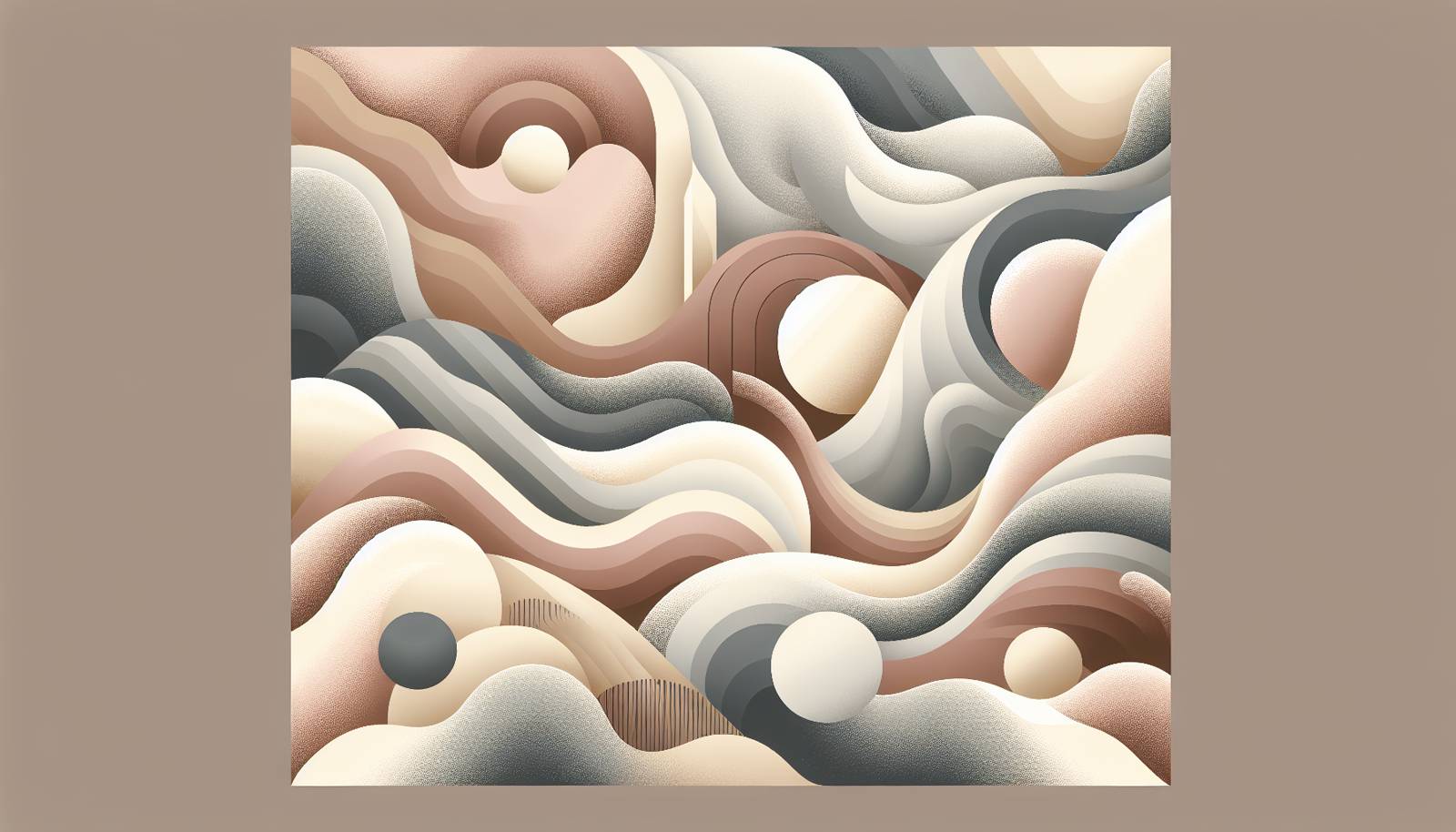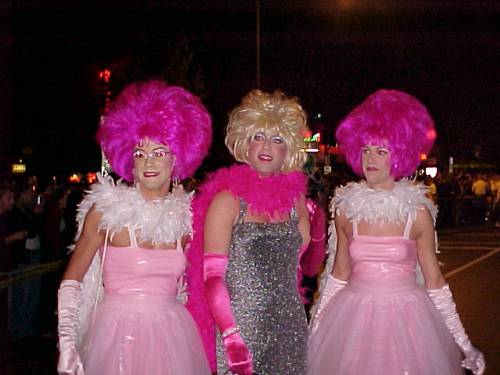
FAQ About The Evolution of Drag Culture in Mainstream Media

What is drag culture?
Drag culture involves the performance art of dressing and acting in exaggerated gender roles, often for entertainment purposes. It has deep historical roots and is often associated with the LGBTQ+ community. Drag queens, typically men dressing as women, and drag kings, women dressing as men, use costumes, makeup, and personas to explore gender and identity in dynamic ways.

How did drag culture originate?
Drag culture has origins that can be traced back to ancient times, but it became more recognizable in its modern form during the late 19th and early 20th centuries. It gained prominence in vaudeville and theatre. Over the years, drag evolved as a part of LGBTQ+ subculture, especially in underground bars and clubs where it was often performed in secret due to societal stigma and legal restrictions.

When did drag culture start entering mainstream media?
Drag culture began its significant entry into mainstream media during the late 20th century, particularly with the 1990 documentary Paris is Burning which highlighted New York's drag ball culture. The transition into broader pop culture was further solidified by the TV show RuPaul's Drag Race, which premiered in 2009 and has since become a global phenomenon, bringing drag into the living rooms of millions around the world.

How has RuPaul's Drag Race influenced the popularity of drag culture?
RuPaul's Drag Race has had a substantial impact on the popularity of drag culture. The reality TV show provides a platform for drag queens to showcase their talents to an international audience, leading to increased visibility and acceptance of drag culture. It has also influenced fashion, beauty trends, and broadened the understanding of gender and performance art.

What role does drag culture play in LGBTQ+ visibility?
Drag culture plays a crucial role in LGBTQ+ visibility by highlighting and celebrating the diversity within the community. Through performances and media representation, drag culture challenges traditional gender norms and provides a platform for LGBTQ+ individuals to express themselves authentically. This visibility helps promote acceptance and inclusivity in society at large.

How has drag culture influenced fashion?
Drag culture has had a notable influence on fashion, often setting new trends by pushing the boundaries of style and gender expression. It has introduced bold aesthetics, creative uses of color and texture, and gender-fluid fashion, which have been adopted by mainstream designers. Haute couture and popular fashion brands frequently cite drag as an inspiration for their collections.

What are some common misconceptions about drag culture?
Some common misconceptions about drag culture include the belief that it is solely a form of sexual expression or that all drag performers identify as transgender. In reality, drag is a broad art form that encompasses a variety of expressions and identities. It's important to understand drag as a performance art that can be independent of the performer's gender identity or sexual orientation.

How do drag performances contribute to social commentary?
Drag performances often incorporate humor, satire, and parody, allowing them to serve as a form of social commentary. Drag artists use their platform to critique social norms, challenge political agendas, and highlight issues such as gender equality and LGBTQ+ rights. This makes drag an influential tool in advocating for social change and bringing attention to societal issues.

How are drag queens represented in mainstream media today?
Today, drag queens are represented in mainstream media more prominently and positively than ever before. They appear on television, film, music videos, and advertisements, often celebrated for their creativity and artistry. Shows like RuPaul's Drag Race have helped to normalize and appreciate drag culture, and many queens have become influential figures in entertainment and social advocacy.

What impact did the film Paris is Burning have on drag culture?
The film Paris is Burning, released in 1990, had a profound impact on drag culture by documenting the lives of drag performers in New York's vibrant ball scene during the 1980s. It brought wide attention to the art form and the challenges faced by the LGBTQ+ community, particularly those of color. The film remains a seminal work for understanding the intersections of race, gender, and performance in drag culture.
